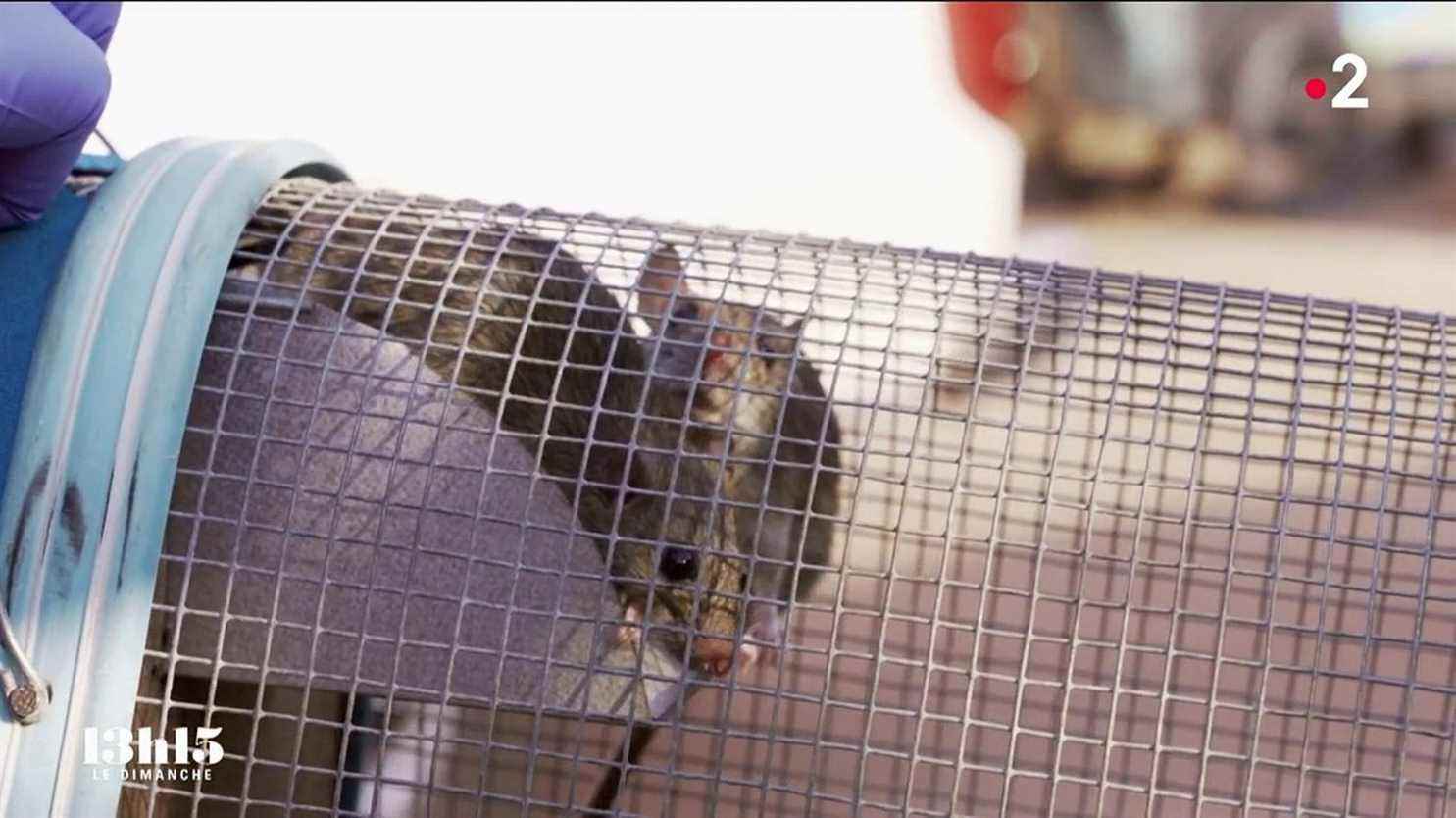Posted
Update
Article written by

Teams from the Pasteur Institute in Cambodia are tracking rats to draw up an inventory of the viruses present in these rodents and perhaps discover others that will need to be carefully monitored in order to protect the human species… Extract from the magazine “1:15 p.m. Sunday” of April 17, 2022.
What if rodents were not enemies but allies in the fight against viruses? What if they could alert humans to impending disease? In the north of Cambodia, near the Laotian border, the populations have experience of emerging diseases: in 2003, SARS (severe acute respiratory syndrome), avian flu, hantaviruses… Researchers therefore have no embarrassment to ask to traders if there are rodents. Epidemiologist Véronique Chevalier is, like everyone else at the moment, on the trail of the origins of the Covid-19 coronavirus pandemic…
To find out what circulates around humans, the scientist from CIRAD (Centre for International Cooperation in Agricultural Research for Development) seeks to identify the viruses hosted by animals that often share meals with humans. With teams from the Institut Pasteur du Cambodge, she sets traps to catch them in shops and other restaurants: “We put them along the walls, because the rats go along them. If we shift them a little by putting them at an angle, it works much less well”she explains to the magazine “1:15 p.m. on Sunday” (replay).
Many mysteries remain about the origin of the pandemic
Scientists have to wait until the next day to find out if the rats liked the bits of sweet potato put in the cages. Many mysteries remain about the origin of Covid-19, and there will be no answers until researchers identify the entire chain of transmission that would have allowed the virus to pass from animals to humans. ‘male : “We know that coronaviruses are hosted by small bats with squashed noses, but we do not know the intermediate host, that is to say the wild animal that made the connection between these bats and humans. We have suspicions about civet cats, this was the case with SARS-CoV-1, the pangolin…” said Véronique Chevalier.
“We decided to add a rat component here, she specifies, knowing that it is, for example, the reservoir of hantaviruses which cause serious diseases in humans. Sixteen rats were trapped that day by the team of epidemiologists who, if they are looking for coronaviruses, will also draw up an inventory of the viruses present in these rodents. Known viruses and… others that are less so. They could allow in the future to better anticipate the next threat… provided that they are well monitored.
> Replays of France Télévisions news magazines are available on the Franceinfo website and its mobile application (iOS & Android), “Magazines” section.
all the news in video
Receive the essentials of our news with our newsletter
Newsletter subscription
France Télévisions uses your email address to send you newsletters.
items On the same topic
Seen from Europe
Franceinfo selects daily content from European public audiovisual media, members of Eurovision. These contents are published in English or French.
